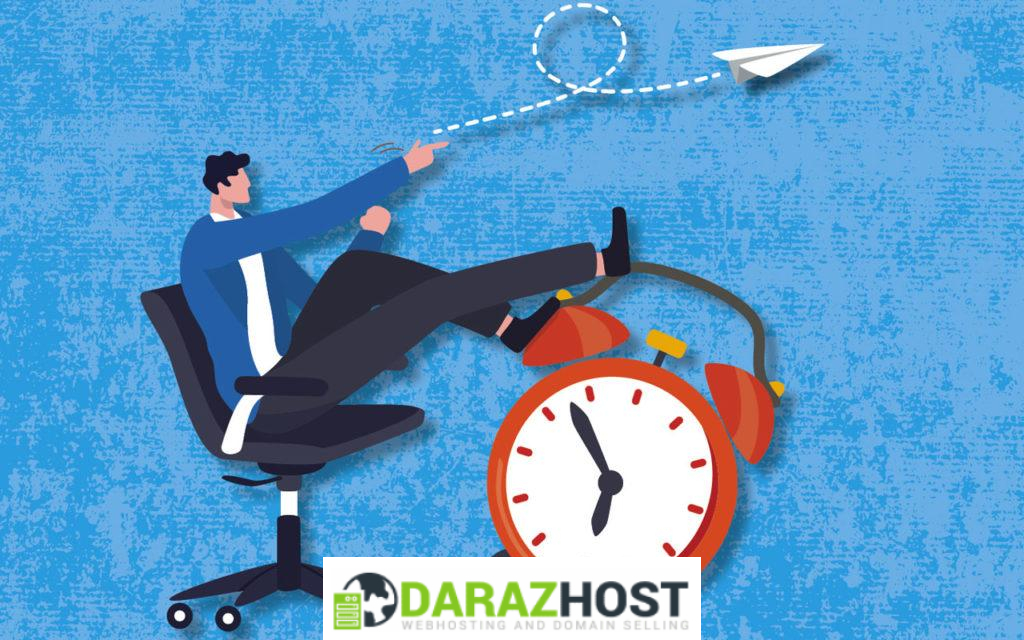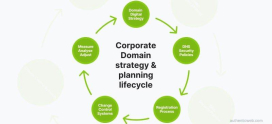
Mastering Downtime: Essential Strategies for Keeping Your Website Always On
We all know the sinking feeling that comes when your website goes down. It’s like expecting a house full of guests and realizing you forgot to unlock the door. Your heart races, and the panic sets in. What if they leave? What if they think I’m unprofessional? You’re not alone in these concerns. Many website owners share the anxiety of maintaining a consistent online presence. But fear not! With the right strategies in place, you can effectively manage downtime and ensure your website is always “on.” Let’s explore some practical tips that can turn that dread into confidence.
Understanding Downtime: What It Really Means
First, let’s break down what we mean by “downtime.” Simply put, downtime is when your website is unavailable to users. This can happen due to various reasons, such as server malfunctions, maintenance issues, heavy traffic, or cyber attacks. Think of it as a restaurant suddenly closing its doors during lunch hours – potential customers are left outside with nowhere to eat.
Types of Downtime
- Planned Downtime: This is scheduled maintenance that you inform your users about in advance. Regular updates can help improve website performance.
- Unplanned Downtime: This happens unexpectedly due to technical glitches or network failures. It’s usually the type that raises stress levels.
- Partial Downtime: In this situation, your website might be accessible but with limited functionality. Imagine a restaurant that’s open but out of half its menu.
Why is Downtime Problematic?
Downtime doesn’t just affect your peace of mind – it can also have significant business implications. When your website is down, you miss potential leads, sales, and trust-building opportunities. Research shows that even a few minutes of downtime can lead to lost revenue and decreased customer satisfaction. If your online presence is compared to an iceberg, downtime is the part hidden under water – it can weigh heavily on what customers perceive as a reliable service.
Identifying the Cause: The First Step in Management
Before you can rectify downtime, it’s essential to understand what causes it. Here are a few common culprits:
- Server Overload: Too much traffic can overwhelm your server.
- Software or Plugin Issues: Bugs in your website’s code or outdated plugins can cause crashes.
- Domain Registration Problems: Expired domains can lead to immediate site shutdown.
- Cyber Attacks: Malicious hacks or denial-of-service attacks can render your site inaccessible.
Keeping Your Website “Always On”
Let’s dive into some effective strategies to ensure your website stays operational, regardless of the circumstances.
1. Choose the Right Hosting Provider
Your hosting provider is crucial. Opt for reliable services that prioritize uptime. Look for those boasting at least 99.9% uptime guarantees. Imagine choosing to build your home on solid ground rather than shaky terrain. DarazHost, for instance, is renowned for its robust hosting plans tailored for businesses of all sizes.
2. Monitor Your Website Regularly
Invest in website monitoring tools that notify you if your site goes down. These tools act like a digital doorman, always on the lookout. Services like UptimeRobot and Pingdom provide real-time alerts, enabling you to react quickly.
3. Implement a Content Delivery Network (CDN)
A CDN distributes your website’s assets across multiple global servers, reducing load times and balancing traffic. Think of it as having several delivery trucks instead of just one; it gets your goods to customers more efficiently.
4. Optimize Your Website
Enhance your website’s performance by optimizing images, reducing the number of plugins, and compressing files. This not only improves speed but also diminishes the risk of server overload during traffic spikes.
5. Regular Backups are Essential
Backing up your website regularly can save you from catastrophic losses. This is like having a spare key to your house; if you happen to lose the original, you still have a way in. Services like UpdraftPlus or BackupBuddy can automate this process.
6. Enforce Security Measures
Cybersecurity is crucial in maintaining website uptime. Install firewalls, use HTTPS protocols, and keep your software updated. Think of these measures as home security, deterring unwanted intruders from breaking in.
7. Educate Yourself and Your Team
Knowledge is power! Understanding potential threats and how to counteract them can lessen anxious moments. Regular training sessions can help everyone recognize what to look for and how to respond.
8. Communicate with Your Audience
If your website does experience downtime, be upfront with your users. Send out notifications via social media or email. Keeping them informed fosters trust and loyalty, just as a restaurant staff should inform diners of a delay in service.
9. Create a Response Plan
Having a plan in place makes it easier to handle unexpected downtime. Outline the steps you’ll take in case of an outage, including who to contact, how to update users, and when to escalate the issue. It’s like having a roadmap for a road trip; it keeps you on track, even if you hit some bumps along the way.
10. Seek Professional Help When Needed
Don’t hesitate to consult professionals for advanced issues. This can prevent prolonged downtime and provides peace of mind. Think of it as calling in a plumber for serious leaks instead of trying to fix it yourself.
Why Customer Support Matters
When unexpected downtime occurs, having excellent customer support from your hosting provider can make all the difference. You want a team that responds swiftly and efficiently to your queries, helping you get back online faster. Whether it’s chat support, FAQs, or email assistance, reliable customer support is your safety net in times of crisis.
Key Features to Look for in a Hosting Provider
| Feature | Importance |
|---|---|
| Uptime Guarantee | A promise of reliability and consistency. |
| Security Features | Protection against cyber threats. |
| 24/7 Customer Support | Assistance anytime difficulties arise. |
| Scalability Options | Ability to grow as your business does. |
FAQs: Answering Your Downtime Questions
What is the average downtime for websites?
On average, websites can experience downtime of about 1-5% annually. However, with the right strategies, this can be minimized.
How often should I back up my website?
It’s advisable to back up your website at least once a week or more frequently if you make daily updates or changes.
What should I do first if my website goes down?
First, check with your hosting provider to understand the issue and estimated downtime. Then, communicate with your audience about the situation.
Can I switch hosting providers?
Yes, you can switch hosting providers at any time. Just be sure to back up your content and choose a more reliable service.
What are the signs that my website might go down?









